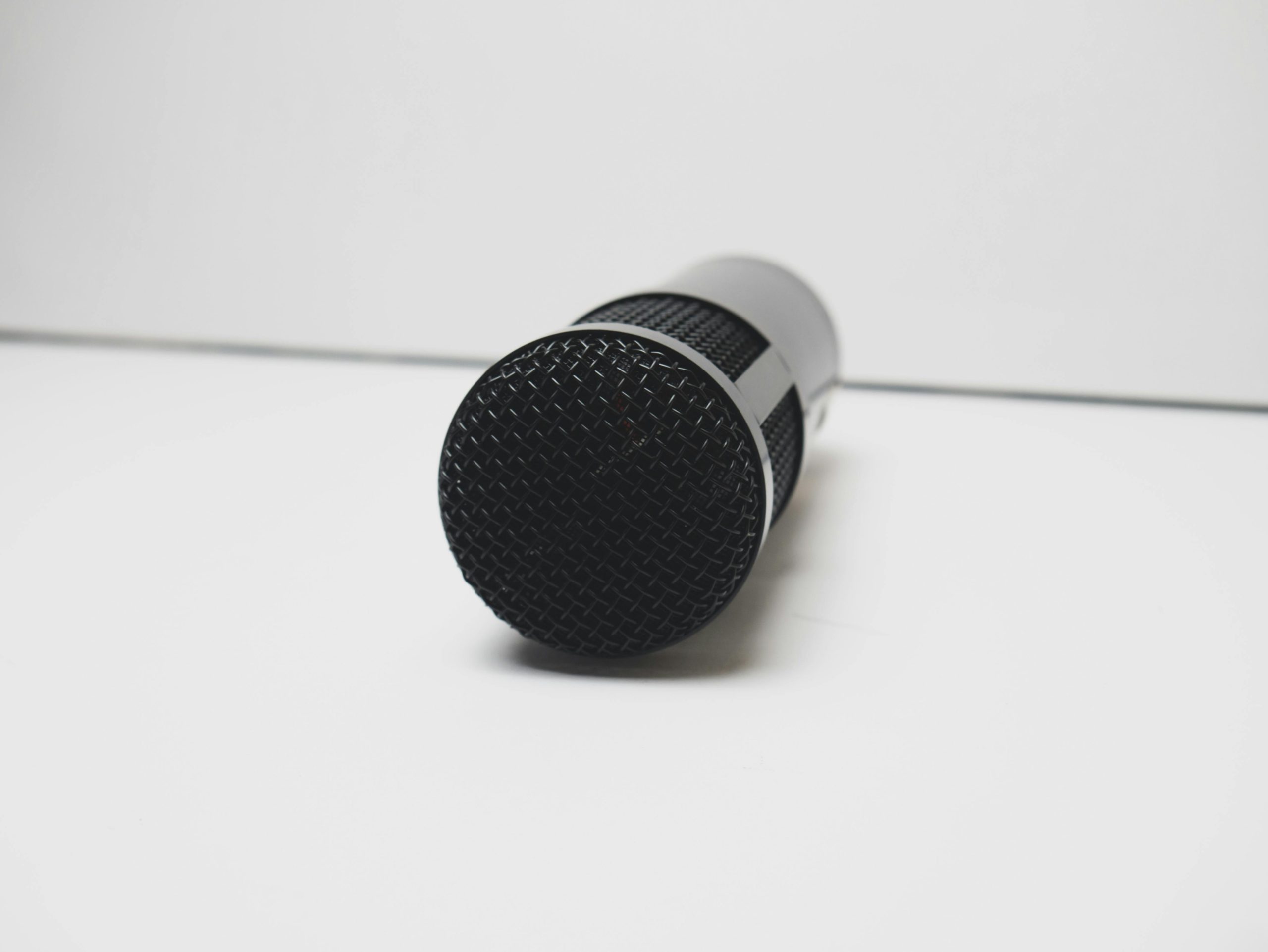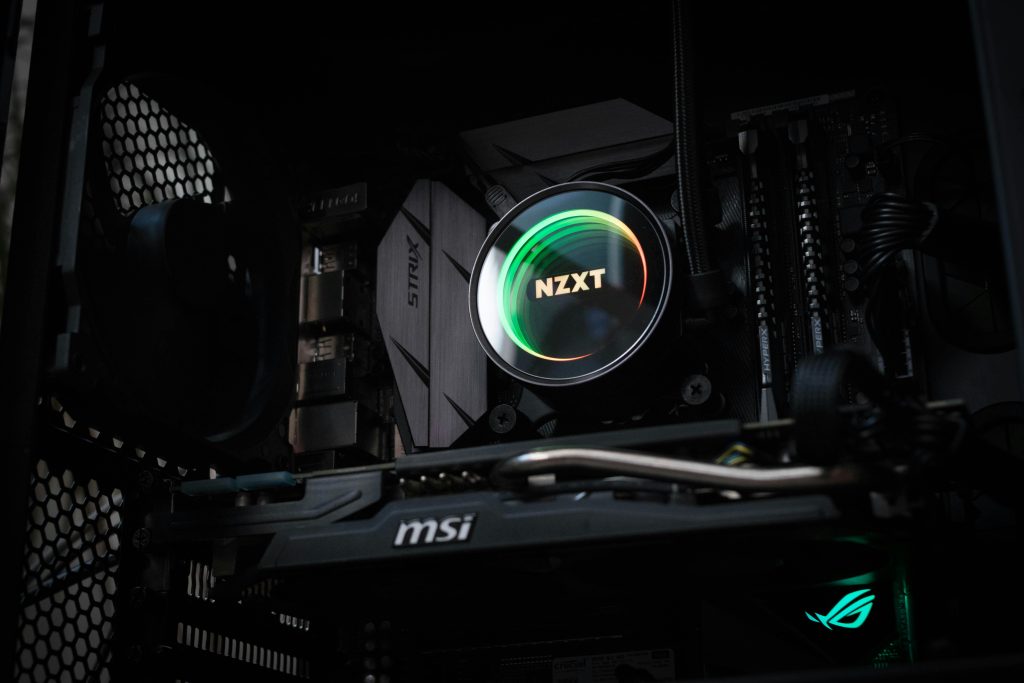Title: Troubleshooting Slow Internet Speeds on New Gaming PC: A Comprehensive Guide
When setting up a new gaming PC, encountering slow internet connectivity can be frustrating and hinder your gaming and download experiences. If you’ve recently acquired a prebuilt gaming rig and are facing sluggish download speeds—particularly when your computer’s internet performance is significantly below that of other devices on the same network—you’re not alone. In this article, we’ll explore common causes and effective solutions to help restore optimal internet performance to your new gaming PC.
Understanding the Issue
In a typical scenario, similar devices connected to the same Wi-Fi network but experiencing vastly different speeds signals potential issues with the PC itself. For example, if your laptop achieves download speeds around 260 Mbps, but your gaming PC struggles at just 3 Mbps, this discrepancy indicates a problem localized to the PC.
Steps to Diagnose and Resolve Slow Internet Speeds
-
Verify Network Hardware and Connection
-
Confirm that your PC is connected to the intended Wi-Fi network.
-
Test the connection with an Ethernet cable if possible, as wired connections tend to be more stable and faster for diagnostics.
-
Ensure your router is functioning correctly by restarting it and checking for any firmware updates.
-
Check Network Adapter Drivers and Settings
-
Update the Network Drivers: Visit the manufacturer’s website for your PC or network adapter to download the latest drivers.
-
Confirm Driver Status: Use Device Manager on Windows to verify that the network adapter driver reports as up to date and functioning correctly.
-
Reset Network Settings: You can reset network configurations via Windows settings to resolve any misconfigurations.
-
Assess Background Processes and Bandwidth Usage
-
Open Task Manager (Ctrl + Shift + Esc) to identify any processes consuming excessive bandwidth.
-
Disable or close unnecessary applications that might be hogging network resources.
-
Use resource monitoring tools to gain insights into network traffic.
-
Examine Network Adapter Settings
-
Power Management: Disable any power-saving options that might limit network performance.
-
Speed & Duplex Settings: Ensure the network adapter is set to negotiate the optimal speed (e.g., 1.0 Gbps full duplex) rather than a fixed or lower value.
-
Conduct Speed Tests and Troubleshoots
-
Use reliable speed testing websites or tools to benchmark your actual download speeds directly from the PC.
-
Compare these results with those obtained on other devices to identify whether the issue is specific to the PC.
-
Additional Considerations
-
Check for Interference: Ensure the PC is within
Share this content:



